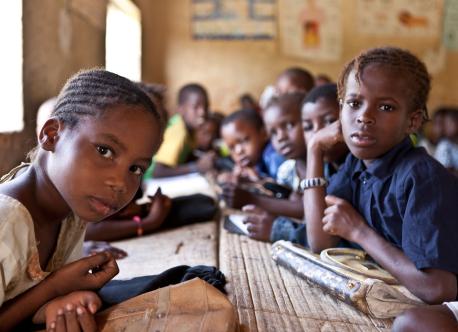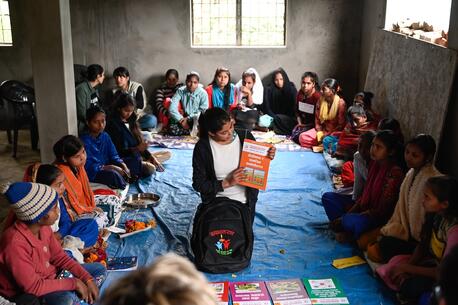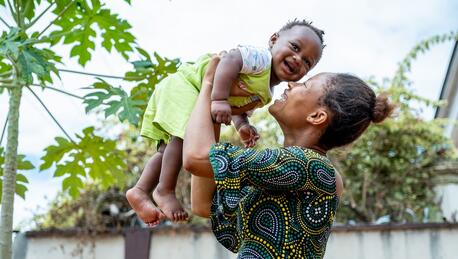
The State of the World’s Children 2014: Putting Data to Use in the Fight for Children's Rights
UNICEF has just launched a year of heavy emphasis on numbers — numbers that show how much progress the world has made since it adopted a Convention on the Rights of the Child (CRC) and what more needs to be done to ensure that 25 year-old-promise to the world’s children is kept.
UNICEF’s flagship report State of the World’s Children 2014 In Numbers: Every Child Countsis being released in advance of the 25th anniversary commemoration of the CRC in November. The report introduces a range of topics for child’s rights advocates and activists to focus on in the run-up to CRC@25.\
The data, presented in ways that give us a compelling view of the circumstances of the world's children, expose some striking inequities:
- In Niger, only 39% of rural households have access to drinking water, compared with 100% of urban households.
- In Tanzania, 56% of children born in rich households are registered at birth, versus 4% in poor households.
- In Chad, for every 100 boys who enter secondary school, only 44 girls do – leaving them without an education and the protections and services schools can provide.
- In Burkina Faso, 76% of girls and women 15–49 years old have undergone genital cutting but only 9% favor continuation of the practice.
These and other themes, from primary school enrollment rates to immunization gaps and from breastfeeding rates to disparities in access to clean drinking water — will be discussed all year long. They can be found under debate in a forthcoming digital report capturing the best of the yearlong input of experts, innovators and change-makers.
For now, the data is available for governments, civil society, private sector actors, academics and others. Hopefully, this hard evidence of successful interventions and gaps that affect the most disadvantaged of the world's 2.2 billion children will prove powerful in the fight for the basic rights of children around the world.
 Data alone do not change the world, but make change possible by providing evidence for action. The State of the World’s Children 2014 in Numbers is the premier source of information on child well-being around the world. Learn why every child counts
Data alone do not change the world, but make change possible by providing evidence for action. The State of the World’s Children 2014 in Numbers is the premier source of information on child well-being around the world. Learn why every child counts

